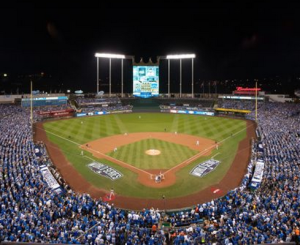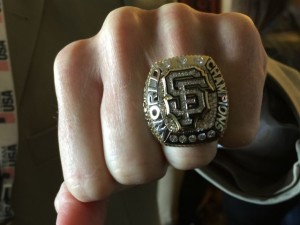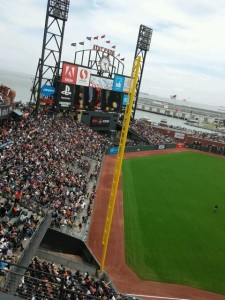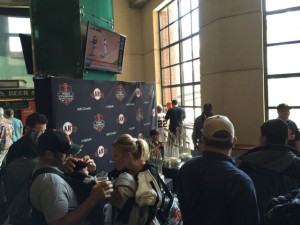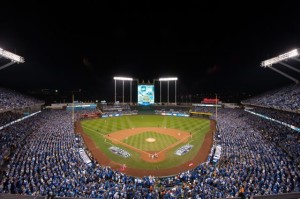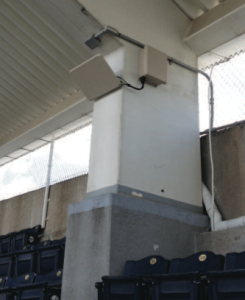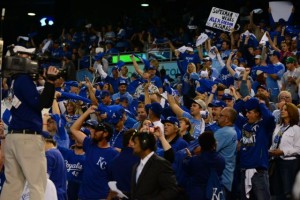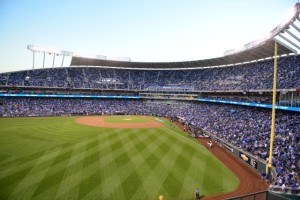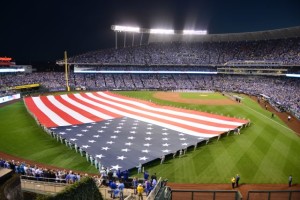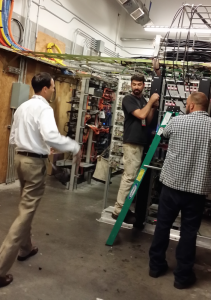 Fans at the Texas Rangers’ Globe Life Park in Arlington have so far topped the charts for cellular traffic totals on AT&T networks during baseball’s postseason, with an average of 992 gigabytes of data used in two games played.
Fans at the Texas Rangers’ Globe Life Park in Arlington have so far topped the charts for cellular traffic totals on AT&T networks during baseball’s postseason, with an average of 992 gigabytes of data used in two games played.
Across all the series, DAS totals for postseason play showed big leaps in data use compared to regular-season totals, in one case almost six times as much. And while you can’t really compare apples to oranges it looks like DAS traffic for games this year might eclipse last year’s record wireless traffic totals at places like AT&T Park.
According to statistics provided by AT&T, game 3 of the divisional series between the Rangers and the Toronto Blue Jays saw 1,109 GB of data move across the AT&T DAS network at Globe Life Park, the highest single-game DAS total across all baseball venues this fall. Remember, stats mentioned here are ONLY AT&T customer traffic on AT&T networks in the stadiums mentioned. According to AT&T, the 992 GB average of the two games so far in Arlington are 51 percent higher than the average DAS use from the season’s opening series back in the spring.
Over in the National League, AT&T customers at Citi Field in New York used 617 GB of data during game 3, which AT&T said was an increase of 600 percent compared to average use during the Mets’ season-opening series. At games 1 and 2 in Dodgers Stadium, AT&T saw an average of 532 GB of data used per game, a 34 percent jump from the season-opening average in Chavez Ravine.
Game 3 in the Chicago Cubs vs. St. Louis Cardinals at Wrigley Field saw 500 GB of data used, a 120 percent jump compared to the season-opening series (which may be skewed since Wrigley was still undergoing construction at that point). For games 1 and 2 in Busch Stadium in St. Louis the AT&T networks saw an average of 586 GB per game, with 617 GB used during game 2.
For the Royals-Astros series, AT&T did not have any stats for games in Kansas City (perhaps because the Kauffman Stadium DAS is still being deployed) but for game 3 and 4 in Minute Maid Park in Houston AT&T saw an average of 237 GB per game.
